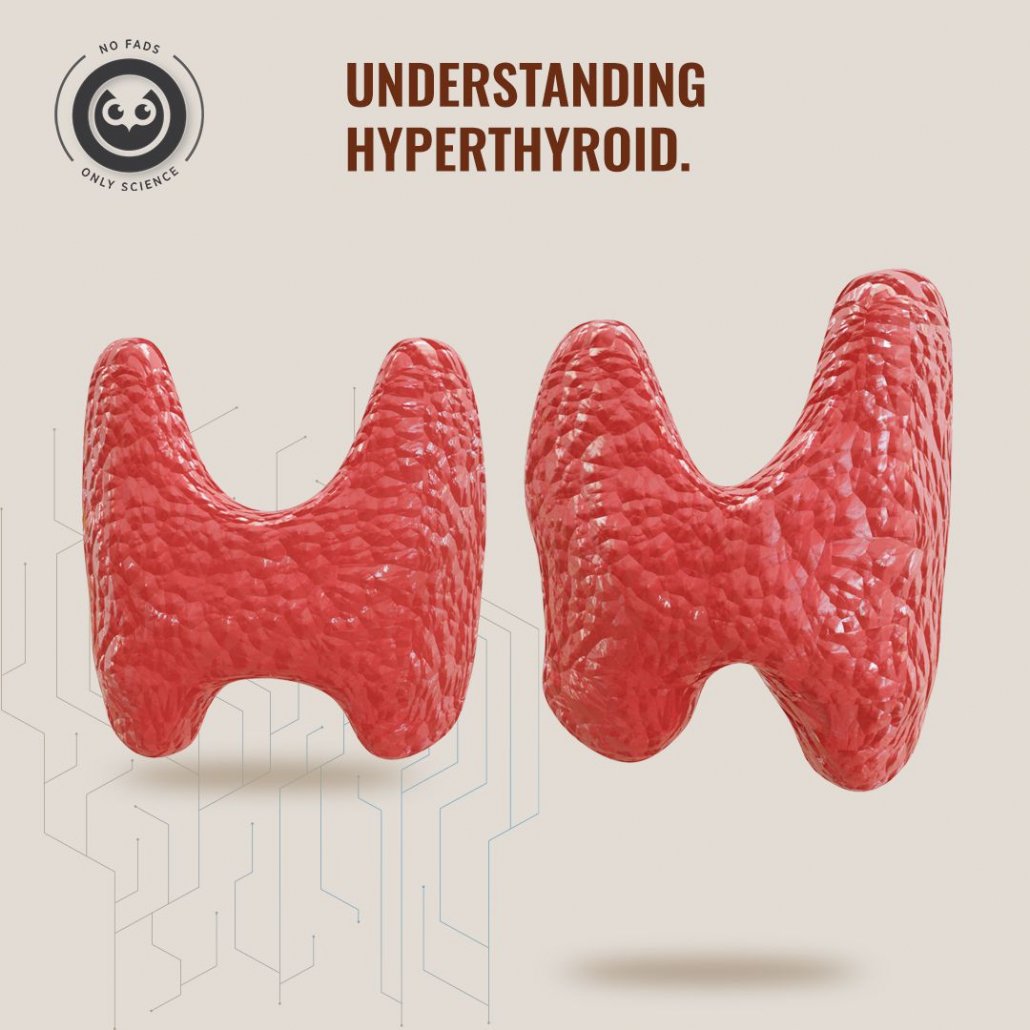As one of the best nutritionist avians, or the only one, Yoda cannot emphasize the importance of having optimal eating habits and patterns. However, to understand what’s optimal, we’ll have to trace our steps backward, understand our current diet from the ground up and restructure it to align it with our health goals.
Why do people eat what they eat?
Food is an integral part of our everyday lives. Rightly so, our food habits are shaped right from our childhood. Based on our cultural backgrounds, the peer pressure we go through & the choices we make with our health in mind, and a lot of other factors that influence our food habits.
Our households might influence if we’re vegetarian or non-vegetarian, our peers might influence habits like fast food, smoking, and drinking. As years progress, what we eat is also shaped by our health conditions and preferences of our own.
For instance, people with lactose intolerance eat a lot less dairy products and people who’re actively looking to reduce their cholesterol levels will eat less saturated fats and processed foods.
While it’s not exhaustive, one’s cultural background, peer pressure, health consciousness, health conditions, and other psychological factors are the reason why they eat what they eat. It is very important to know this, because to course-correct yourself, it is important to understand why you were in the course in the first place.
Healthy habits, healthy being.
“Eat healthily” is the most confusing suggestion one can give. ‘Healthy’ is very subjective, and for each individual and their body there needs to be a scientific, evidence-based, and formulaic diet plan. So, blanket diets that claim to be the ‘one size fits all solution’ are not the ideal way to approach food and health.
You’ll have to monitor your health and biomarkers that indicate risks of conditions like diabetes, hypertension, cholesterol, etc., and come up with a diet plan that ensures sustainable nutrition that can reduce these risks and bring your biomarkers to their optimum levels.
Constant intervention and diet modification definitely help, but getting started in the right direction is all that matters.
While it is true that specific food habits and particular dietary practices can not be followed by everyone, there are a few habits that wouldn’t hurt if you picked them up. Consider them the very basics; healthy eating 101.
- Practice mindful eating.
- Whole foods are always friendly. Choose minimally processed veggies and fruits, and add more of them to your plate.
- Avoid food that’s processed or refined to a point where there are little to no natural nutrients.
- Pay attention to your portion sizes. Smaller, more frequent meals are better than larger meals with huge gaps in between.
- Snacking habits need revisiting. Nuts instead of chips, fruits instead of cakes, and soups instead of carbonated drinks!
These are all a few general practices that can take your health a long way forward. Here’s one more – eat on time!
Erratic meal timings and their effect on your body’s clock
Food habits are directly related to health and chronic conditions. One of the most common, yet most detrimental eating habits in today’s world is how irregular our meal timings have become. 3 AM snacks are romanticized and skipping breakfast for work has become a prideful habit. Here’s the ugly truth – irregular, erratic meal timings are spoiling your body’s balance!
These food habits with erratic timings also have downsides such as a drop in energy levels, fatigue, headache episodes as they interfere with the body’s natural circadian rhythm that regulates the sleep-wake cycle. This will impact physical, mental, and behavioral changes.
While circadian rhythm is considered synonymous with sleeping and waking, the sleep cycle isn’t the only clock your body holds. Here’s how out-of-sync meal timings can disrupt your natural rhythm.
It can induce increased calorie intake due to impaired satiety mechanisms through leptin and ghrelin. In simpler words, your body’s confused about being full and being hungry, and we end up snacking a lot or filling ourselves up with cups of coffee.
Things like the body’s temperature, some intestinal functions, and nutrient absorption are all rhythmically regulated.
This is why people who skip breakfast have a higher body mass, and why people that work night shifts have bowel habit alterations, constipation/diarrhea, bloating, and other metabolic syndrome risks.
The human body and the rhythm it functions around is pretty complex and you’ll need to consciously stick to a routine when it comes to eating, physical activity, and dietary plans.
Sticking to a routing
Yoda read a study report that said people who had balanced meals at the right proportion regularly (6 or more meal portions in a day) showed optimal energy expenditure, nutrition absorption, and overall healthy biomarker signals. This means they were less prone to risks like cholesterol, sugar, and hormone balance than people who had a poorer diet plan and irregular meal patterns.
This empirical evidence along with the testimonies of all the clients that we interact with daily, we can confirm that regularity, some amount of self-monitoring, and the conscious food choices that we make will help improve our health and help us reach our health goals. A routine helps you realize that taking care of your health isn’t a one-time activity, but a continuous process!
Take help when you need it
Regulating habits and developing new, healthy ones are easier said than done. Avoiding triggers that make it harder to stick to the routine, to reward or rework your dietary practices based on the feedback from your body, and making constant progress towards a healthier tomorrow is an exciting journey, but a tiny bit exhausting.
So, get professionals to help you with it. Speak to our team of expert nutritionists, and give yourself the healthy lifestyle you deserve.

